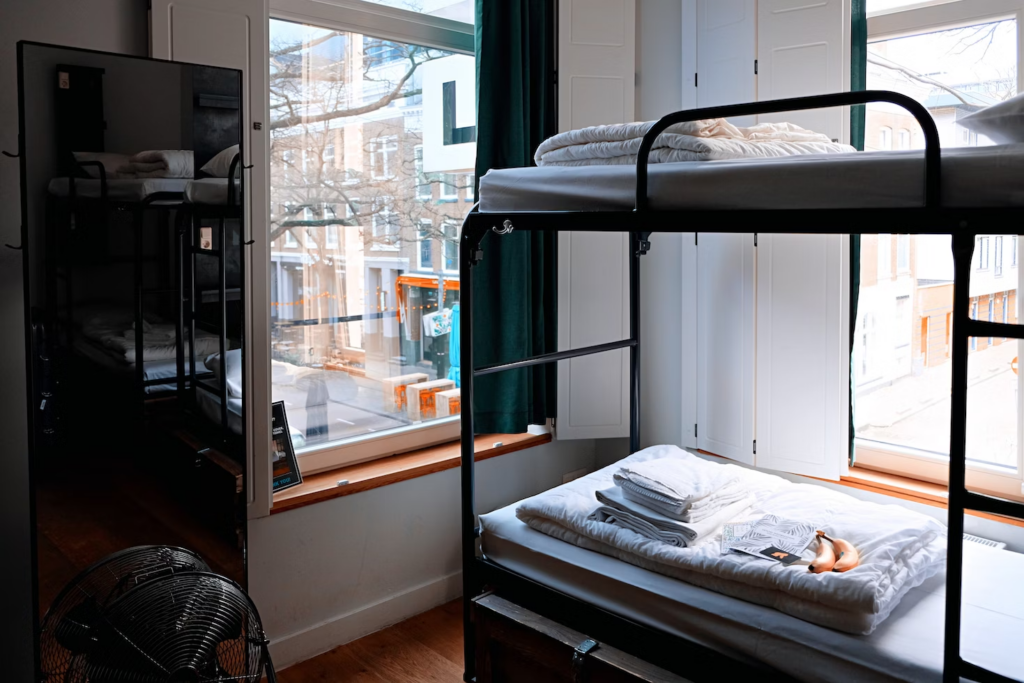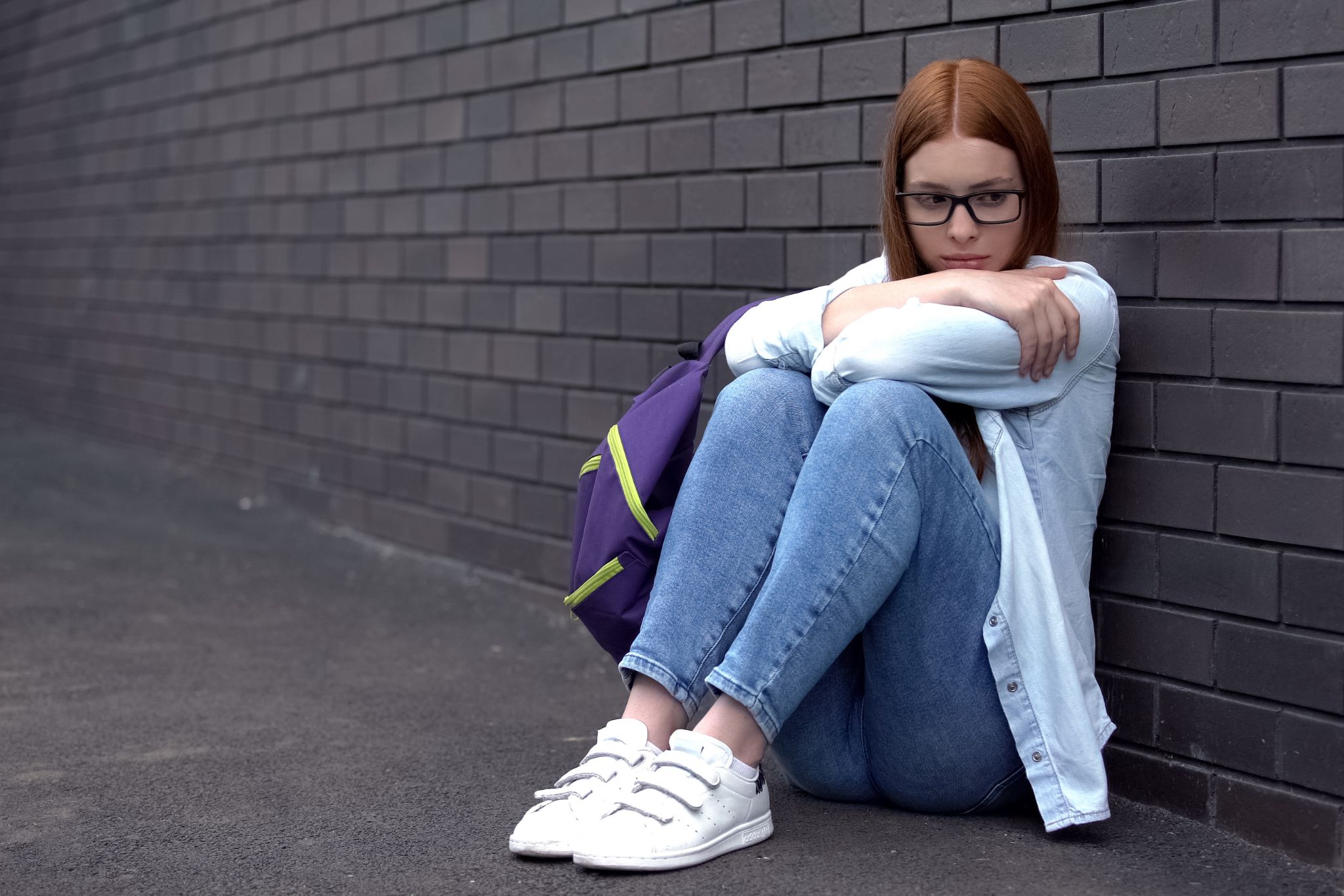If you run a Google search with ‘Housing and Rental Crisis In Australia’ as the keywords, a series of media reports will provide you with a very detailed and visual illustration of the social disaster that Australia is currently under. One that involves international students and their despicable state of living.
Zoe Jiang from China and Sharlene from Zimbabwe, both 27 years old living in Perth, told the Australian Broadcasting Corporation about the difficult living conditions faced by them. Zeo was paying $300 per week to sleep in a tent set up in the living room of a student share house. Meanwhile, Sharlene had to stay to share a shower with approximately 30 other people. Sharlene described her experience as somewhat traumatising due to these challenging living conditions. And these are not isolated stories, but ones that were drawn from a pool of such woes that kept most of the international students studying in Australia up at night.
The gravity of the crisis
Australia is under immense pressure in the face of significant challenges related to housing insecurity and the surging cost of living. This issue has made the lives of many people tumultuous, including students and young individuals from various nationalities and citizenship statuses. However, international students are vulnerable to greater difficulties when trying to secure rental housing. According to ‘India Times’, with Australia being one of the leading candidates in the list of preferred destinations for international students, house rent has surged by 10-20% (in addition to the high cost of living in general). Apart from an unaffordable rent, international students are susceptible to the crisis because they often have English as a second language, may be unfamiliar with the local area, lack personal connections to assist them, and have no previous renting history in Australia.

This is not to say that the housing and rental crisis is limited to international students. It is a well acknowledged fact that it also affects students, young people, and workers from diverse backgrounds in Australia. However, as of recently, the impact of the crisis is felt at a higher magnitude by international students.
Multiple studies have shown that there is a substantial shortage of social housing in the country, with estimates indicating a current shortfall of 524,000 homes, and this is projected to increase to 671,000 in the next decade. Furthermore, the federal Labor government’s recent budget, which was released on May 9, included a significant budget cut of 31.8% in real terms from 2023–24 to 2026–27 for the housing and community amenities sector. This budget cut is likely to push the housing crisis out of the frying pan into the fire.
Accommodation Vs. an influx of students en masse
As per a report titled “Beyond Beds: Decoding Australia’s Student Housing Market” which was released by University Living: a leading global student accommodation marketplace, 613,217 international students were pursuing their studies in Australia as of March 2023. This value was 27% higher in comparison to January-March of 2022. China, India, Nepal, Colombia and Vietnam; the countries which are considered to be the top five source countries, are expected to contribute AUD 30 billion to the Australian economy in the year 2023.
This report also illustrates how Australia’s student housing market has experienced a gargantuan growth during the past few years and is estimated to be worth AUD 10 billion. The market is growing at a Compound Annual Growth Rate (CAGR) of 17%. Within this market, on-campus accommodation makes up 10% of the total, while the remaining 90% consists of off-campus accommodation.
Unsurprisingly, the rental crisis in many major cities in Australia is extremely severe. International students are being forced to adopt drastic measures to secure housing due to the shortage of affordable options. Depending on their financial situations, these measures can range from living in tents to approaching real estate buyers’ agents with a budget as high as $5 million. The situation became even more critical with the arrival of a large number of students in the middle of the year.
Furthermore, purpose-built student accommodation is currently fully occupied, and the demand is so high that some accommodation providers have closed their waitlists. This means that prospective students may have to wait for years before they can secure a spot in such accommodations, exacerbating the housing shortage.
An article on AFR cites Conal Newland, the National Head of Operational Capital Markets at the property advisory firm Savills, as stating that the rental crisis in Australia has been intensifying since the start of 2022 when international borders reopened for students. The situation worsened in recent months, especially after the Chinese government urged its students to return to their overseas universities for in-person studies.
Accommodation options have become so limited that some universities are temporarily resorting to using hotels as a make-shift solution until more permanent housing arrangements can be secured. Melbourne is currently the only capital city where rental properties are still available.
However, it’s important to note that there is no quick fix to this crisis, and the shortage of suitable housing is expected to persist. New purpose-built accommodation is not anticipated to become available until around 2024 or 2025, further highlighting the long-term nature of the problem.
What came first, the egg or the chicken?
While the challenging residential arrangements of the international students are blamed, more or less, on the housing and rental crisis of Australia, there is a flipside to this. There are claims that blatantly accuse the spike in the number of international students as the main reason that is igniting fears of untenable rental supplies. In simple terms, there is an ongoing debate about whether the surge in international students is the culprit behind the housing crisis or whether the housing/rental crisis is the reason why the country is struggling with accommodating this surge in question.
As Sarah Petty puts it across in an article titled “Rent crisis: International student surge causes fighting among powerful property lobby groups” , the high influx of students to Melbourne has given way to disagreements among influential property lobby groups in Australia regarding the extent to which they are responsible for the country’s rental crisis.
Petty also explains how Victoria’s universities; a significant attraction for international students, have drawn many individuals who wish to pursue their education abroad. Research conducted by the Institute of Public Affairs (IPA) has indicated that the anticipated migration of 223,000 international students between 2023 and 2028 could potentially account for almost half (46%) of the new housing supply that Melbourne plans to develop during that time frame. This data underscores the significant impact that international student migration can have on the demand for housing in Melbourne.

However, Adina Cirson, the acting executive director of the Student Accomodation Council counters IPA’s claim. She called out the IPA for attributing the rental crisis solely to the rising numbers of international students, asserting that there are multiple other factors which are at play. These include issues like lack of urban planning, taxation policies, high building costs, outdated rental regulations, and a shortage of available land, all of which have gotten the housing supply in a fix.
Cirson further posits that rather than focusing solely on blaming international student numbers, efforts should be directed towards addressing the various barriers that hinder the supply of housing, including market-rate, rental, and affordable housing. This includes a particular focus on purpose-built student accommodation, which should be made available to both domestic and international students.
The current situation calls for rapid changes and effective measures. Or else the students will begin to pull-out once they start realising that there is an unbridgeable gulf between their expectations and the reality of the living situation.
(Sandunlekha Ekanayake)
